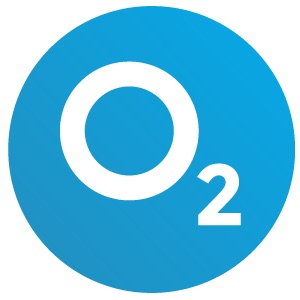
This handy 'altitude to oxygen %' table extrapolates the effective amount of oxygen to real altitude. At real altitude, the barometric pressure of the atmosphere is significantly lower than that of sea level. The result is that oxygen molecules in the air are further apart, so the oxygen content is reduced incrementally with each breath as one goes higher. The reduction at that time of available oxygen in the air at altitude also reduces oxygen saturation in the blood. This is why people travelling from sea level often feel quite bad in the first week when they arrive at altitude. It can also cause people to experience symptoms of acute altitude sickness (AMS), which can be dangerous. To avoid all this, we advise people to acclimatise to altitude at home and prepare your body for altitude exposure.
The change in barometric pressure at real altitude is what scientists call 'hypobaric hypoxia'. At Altitude Dream, instead of changing the barometric pressure, we lower the oxygen percentage in the air to simulate altitude, which is called 'normobaric hypoxia'. The latter has been scientifically proven to be very effective in simulating altitude, improving athletic performance and preventing altitude sickness. By regulating the percentage of oxygen in each breath, our clients can acclimatise in a very controlled and strategic manner, allowing them to achieve their goals and dreams.
Below is our 'altitude to oxygen %' which extrapolates oxygen percentages to actual altitude, which you can use in combination with an altitude tent, among other things. Don't hesitate to contact an Altitude Dream representative with any questions regarding setting the correct altitude during your altitude training period.
Height to oxygen % table
| HEIGHT (FEET) | HEIGHT (METRES) | ACID % | SIMILAR LOCATION |
|---|---|---|---|
| 0 - sea level | 0 m | 20.9 % | Altitude Dream HQ |
| 1,000 ft | 305 m | 20.1 % | Tbilisi, Georgia |
| 2,000 ft | 610 m | 19.4 % | Canberra, Australia |
| 3,000 ft | 914 m | 18.6 % | Chamonix, France |
| 4,000 ft | 1219 m | 17.9 % | Salt Lake City, UT |
| 5,000 ft | 1524 m | 17.3 % | Boulder, CO |
| 6,000 ft | 1829 m | 16.6 % | Stanley, ID |
| 7,000 ft | 2134 m | 16 % | Flagstaff, AZ |
| 8,000 ft | 2438 m | 15.4 % | Aspen, CO |
| 9,000 ft | 2743 m | 14.8 % | Bogota, Colombia |
| 10,000 ft | 3048 m | 14.3 % | Leadville, CO |
| 11,000 ft | 3353 m | 13.7 % | Cusco, Peru |
| 12,000 ft | 658 m | 13.2 % | La Paz, Bolivia |
| 13,000 ft | 3962 m | 12.7 % | Yabuk Camp, Sikkim, India |
| 14,000 ft | 4267 m | 12.3 % | Pikes Peak, CO |
| 15,000 ft | 4572 m | 11.8 % | Mount Rainier |
| 16,000 ft | 4877 m | 11.4 % | Mount Blanc |
| 17,000 ft | 5182 m | 11 % | Everest Base Camp |
| 18,000 ft | 5486 m | 10.5 % | Mount Elbrus |
| 19,000 ft | 5791 m | 10.1 % | Mt Kilimanjaro |
| 20,000 ft | 6096 m | 9.7 % | Mt. Denali |
| 21,000 ft | 6401 m | 9.4 % | Tent Generator Maximum |
| 22,000 ft | 6706 m | 9 % | Ama Dablam |
| 23,000 ft | 7010 m | 8.7 % | Aconcagua |
| 24,000 ft | 7315 m | 8.4 % | K12 |
| 25,000 ft | 7620 m | 8.1 % | Chomo Lonzo |
| 26,000 ft | 7925 m | 7.8 % | Annapurna |
| 27,000 ft | 8230 m | 7.5 % | Cho Oyu |
| 28,000 ft | 8534 m | 7.2 % | K2 |
| 29,000 ft | 8839 m | 6.9 % | Mt. Everest |
| 30,000 ft | 9144 m | 6.3 % | Height chamber Maximum |
